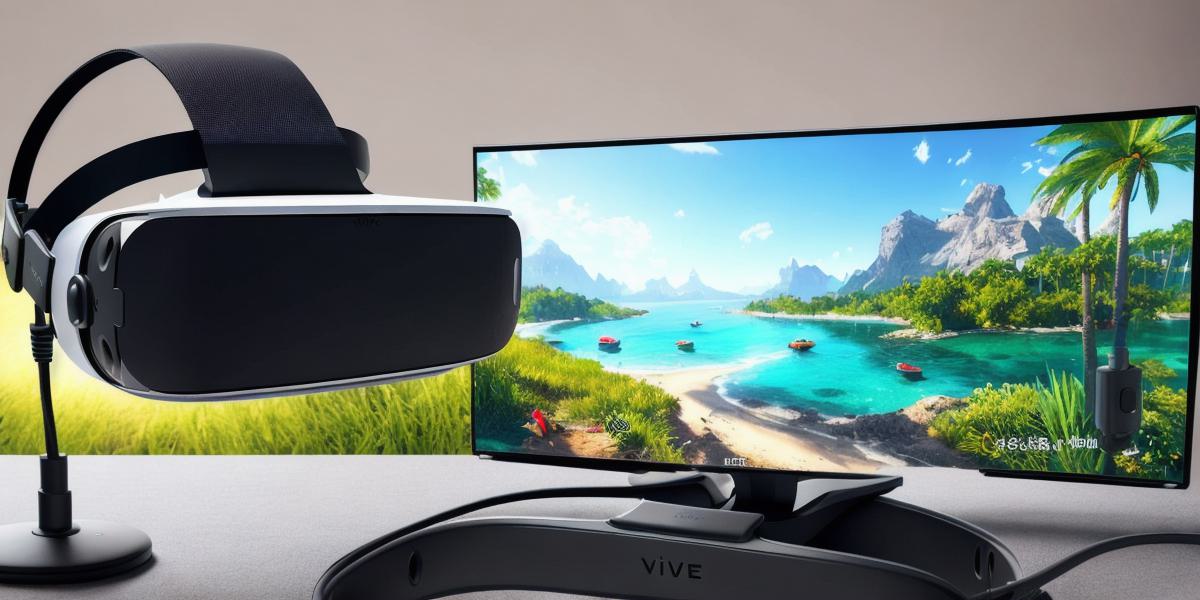Virtual reality (VR) technology is changing the way we experience and interact with the world around us. With its ability to simulate a range of environments, VR has opened up new possibilities for education, entertainment, healthcare, and more. In this article, we will explore the limitless possibilities of virtual reality technology and how it is being used to create immersive experiences that are both engaging and effective.
What is Virtual Reality?
Virtual reality is a computer-generated simulation of a 3D environment that can be interacted with using specialized devices such as headsets, gloves, and controllers. These devices track the movements of the user in real-time, allowing them to move through the virtual world and experience it as if they were really there.
The Benefits of Virtual Reality Technology
Virtual reality technology offers a range of benefits that make it an attractive option for a wide range of applications. Some of the key benefits include:
- Immersive Experiences: Virtual reality creates immersive experiences that can be highly engaging and effective. By placing users in a virtual world, VR allows them to experience things they may not have had access to otherwise.
- Cost-Effective: Virtual reality technology is often more cost-effective than traditional methods of training or simulation. This makes it an attractive option for industries such as healthcare, where the cost of simulations can be high.
- Increased Learning: Virtual reality has been shown to increase learning in a variety of areas, including language learning and job training. By providing users with a highly immersive experience, VR can help them to better understand and retain information.
- Improved Mental Health: Virtual reality has also been used as a tool for improving mental health. By creating simulations that mimic real-world scenarios, VR can help people to confront and overcome their fears in a safe and controlled environment.
Real-Life Examples of Virtual Reality Technology in Action
Virtual reality technology is being used in a wide range of applications across various industries. Here are some real-life examples:
- Education: Virtual reality has been used in education to create immersive simulations that allow students to experience historical events and scientific concepts in a more engaging way. For example, virtual reality has been used to simulate the solar system or to recreate ancient Egyptian tombs.
- Entertainment: Virtual reality is also being used in entertainment to create highly immersive games and experiences. Games like "Beat Saber" and "Pokemon Go" have become incredibly popular, with millions of users around the world enjoying their virtual adventures.
- Healthcare: Virtual reality has been used in healthcare to provide patients with immersive simulations that can help them to better understand and cope with conditions such as PTSD or anxiety disorders.
- Job Training: Virtual reality is being used in job training to provide workers with highly immersive simulations that can help them to better understand complex tasks and procedures. For example, virtual reality has been used to simulate aircraft maintenance and emergency medical procedures.
Conclusion
Virtual reality technology offers limitless possibilities for education, entertainment, healthcare, and more. With its ability to create immersive experiences that are both engaging and effective, VR is quickly becoming an attractive option for a wide range of applications. Whether you are a simulated reality developer or simply looking to explore the latest in virtual reality technology, there is no doubt that this exciting field has a bright future ahead.
